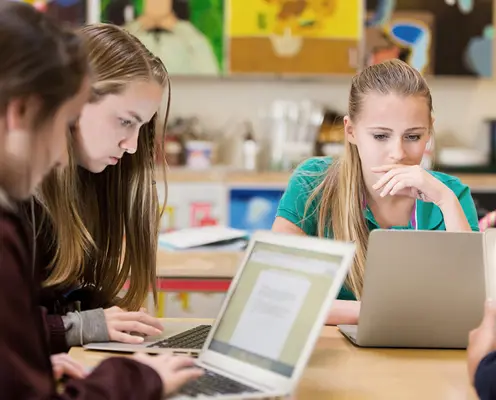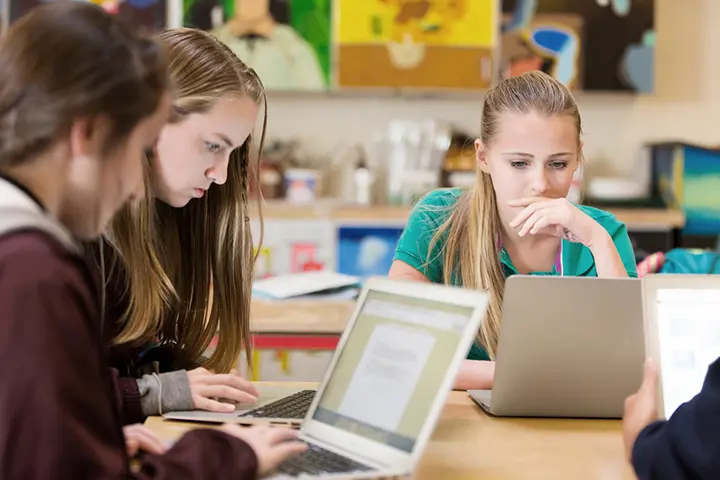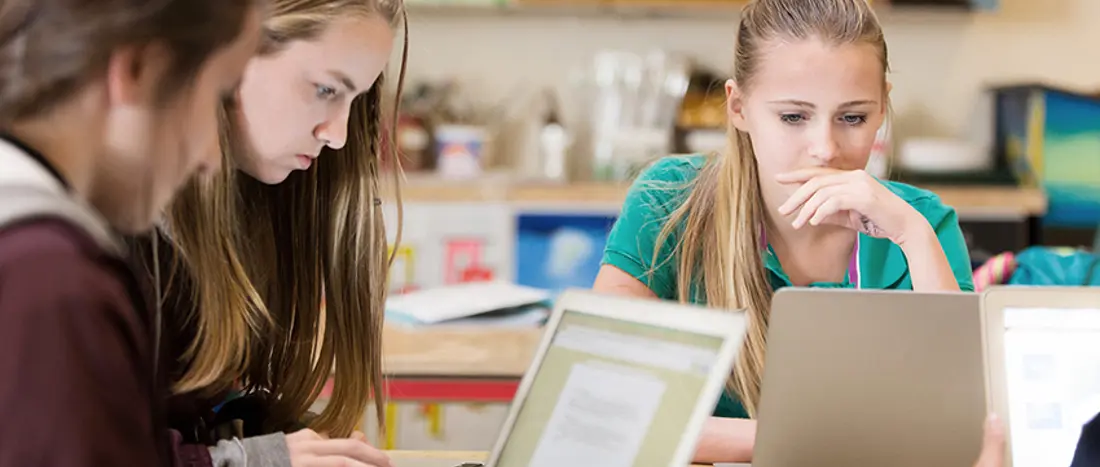Laura Mason, Director of Sixth Form and Assistant Headteacher at High Storrs School in Sheffield, was inspired to get her students involved in social action after hearing about it on Twitter. Having downloaded LifeSkills’s free toolkit over a school break, she felt it would be useful to help her students build practical skills and was quick to roll out a social action programme to all students in the sixth form when the new term came.
Less than a school year later and nearly all of the 16 Sixth Form tutor groups at High Storrs had committed to some form of social action. We caught up with her to find out why the programme was so well-received at her school…
Was social action already happening at High Storrs when you joined?
Yes, the school was already proactive in its community work, although it wasn’t necessarily branded as social action. Students took part in activities such as helping at a Christmas party for around 40 elderly members of the local community. This year I put the onus on the students, rather than teachers, to organise the party – one student took the lead and, with 15 friends, arranged and hosted the event, which was a massive success.
How did you roll out the programme of activity?
I used form time and assemblies to announce the launch of the programme and asked students to consider the who, why and what of local causes that they wanted to support. I also worked closely with form tutors to implement it across the whole sixth form.
What activities have students taken part in?
There is a huge range. Across the 16 forms, only two of them have the same activity and all groups have chosen to support local campaigns. This includes the introduction and organising of:
• A food and clothing bank collection
• A revision guide collection to distribute to younger students from disadvantaged backgrounds
• A collection of children’s books to inspire primary school children to read more widely and develop their knowledge of literature
• Paired reading sessions with younger students
• Support for a local refugee charity, dedicated to providing socks, pyjamas, slippers and board games for local families
• A Sheffield-based shoe box appeal
• Support for a charity dedicated to rescuing women from trafficking
• A comprehensive school recycling collection
What challenges have you faced in implementing the programme?
High Storrs is a Performing Arts School and Sixth Form. Students are studying for their A Levels, so demand on their time is high. It’s important to ensure that I’m not asking too much and am being mindful of their workload. I do this by showing them the different ways they can commit to social action, dependent on their time, or financial constraints, as well as working these around any extra-curricular activities they may have. Some students have committed an hour, whereas others are keener to offer more time and on a regular basis. Sensitivity around an individual’s personal situation is also key, some may have used food banks themselves, so it’s important to teach them that there is no shame around this.
What benefits have you seen in students?
It offers a great alternative to work experience as students can take on different roles within the project, such as project leader, ambassador, designer, and they can continually develop their skills in these roles.
The results of the programme have filtered down the school and now younger students want to do food bank collections and Sixth Formers are acting as ambassadors to enable this, which in turn helps to develop their own leadership skills. Moreover, the experience gives them an appreciation of a world outside themselves – for example, the students who’ve taken in collections for the trafficking charity are now aware of the fact that there are women the same age as them whose main goal is to survive.
Students’ generosity has also really impressed me. High Storrs is a very giving school and our students really do get behind a cause. I’m impressed that students and form tutors have also considered different areas of society to help – we are able to have an impact in many areas. One student has even asked about setting up a dedicated Charity Committee to ensure continued social action and charity work throughout the year.
What does the future hold for social action at High Storrs?
Whilst we initially implemented this in the Sixth Form, it’s naturally grown and the students are becoming ambassadors for the programme, helping to ensure its longevity.
Do you have any words of wisdom for educators considering getting involved in social action?
It really helps to set the parameters of the programme from the outset; the local element, that there is no minimum or maximum contribution, and everyone’s role is valid and worthy. No-one can tell you they can’t give 10 minutes a week!










